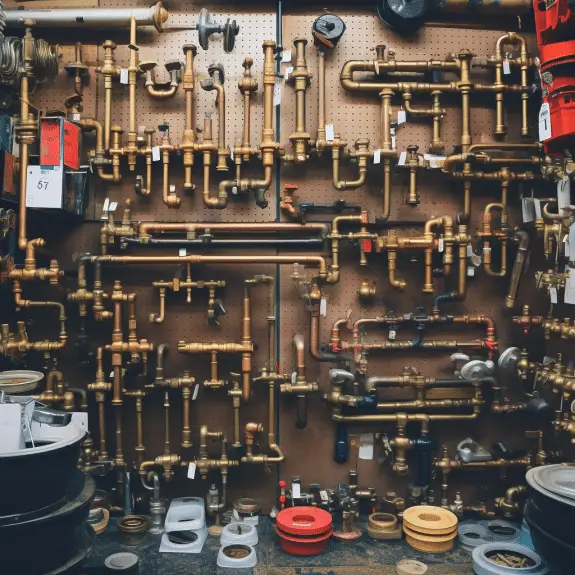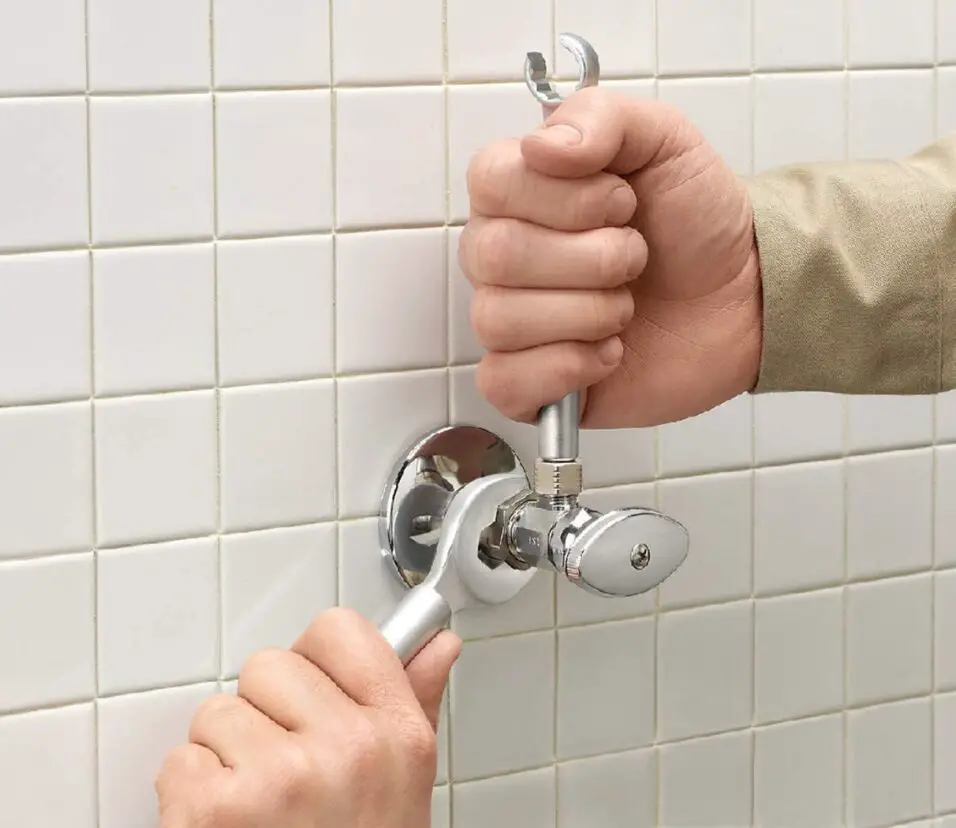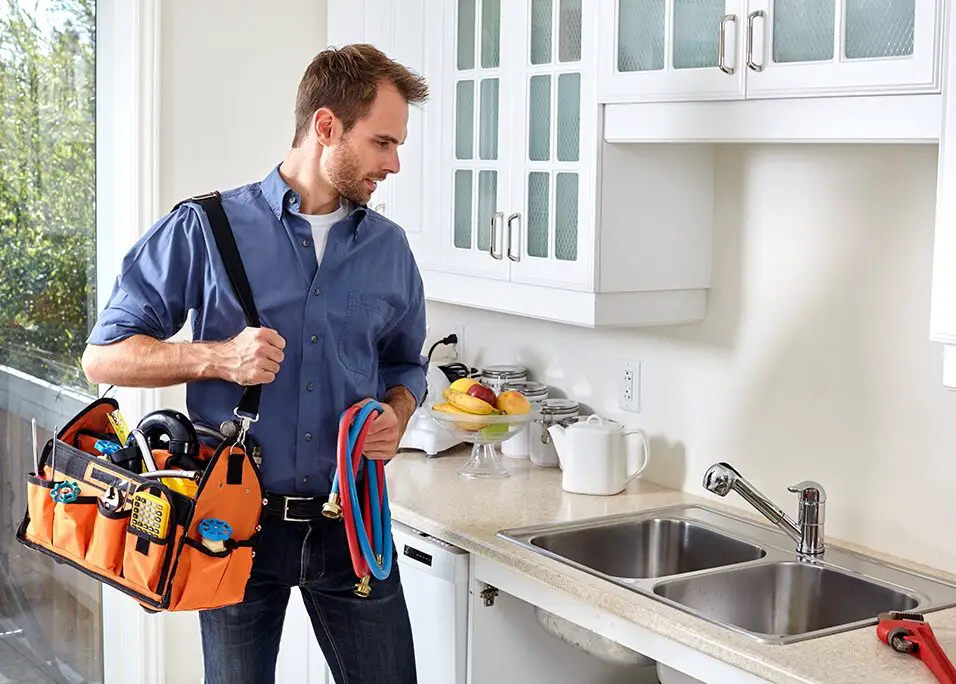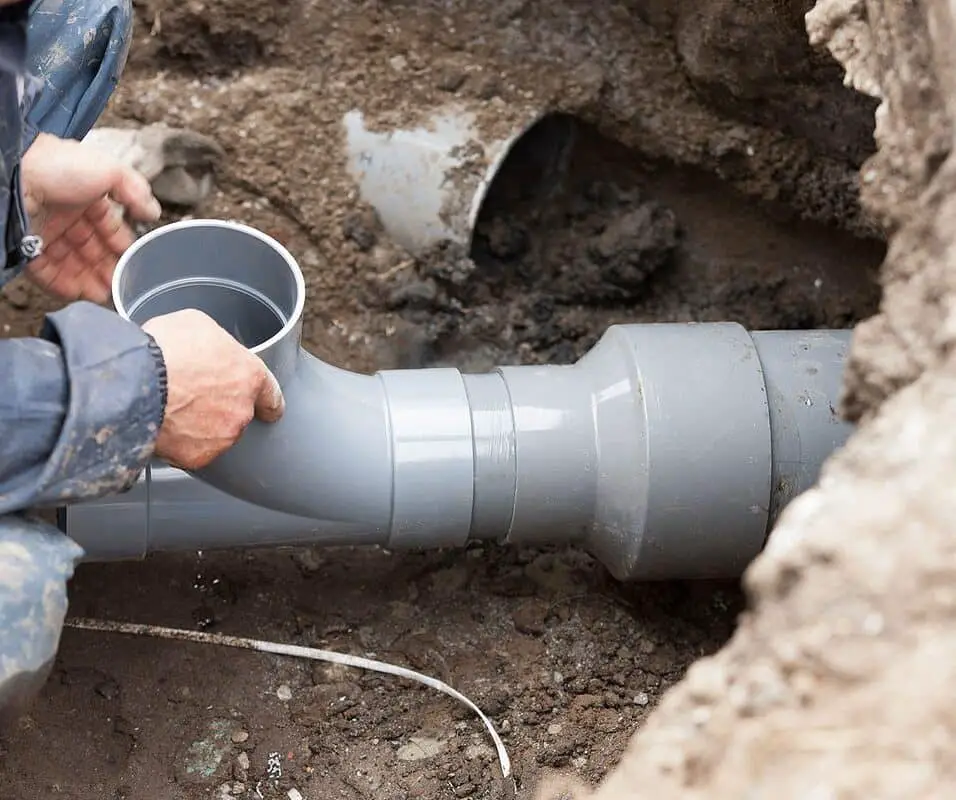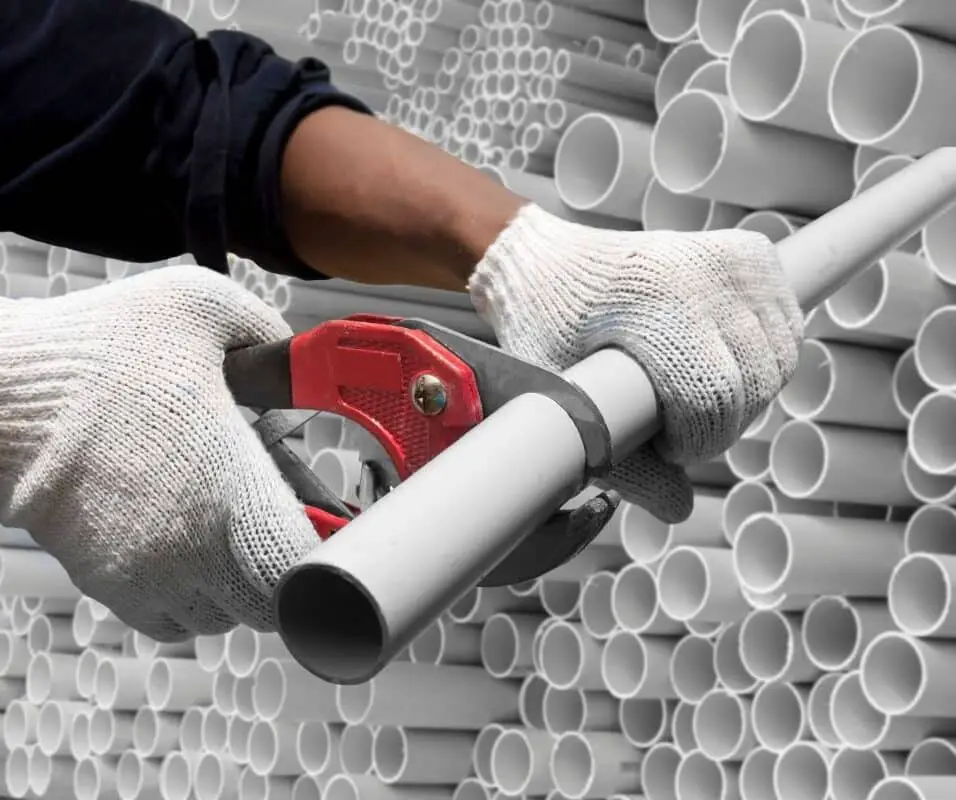How Does A Plumbing Vent Get Clogged
Introduction
How does a pipe vent get clogged: Plumbing systems are important for keeping a building or home healthy and working. They make sure that water and waste move smoothly so that we can go about our daily lives without any problems. But water systems can break down over time, even if they were built very well. A clogged sewage vent is a regular issue that can happen.
Plumbing vents are very important to the way a plumbing system works as a whole. They constitute a component of the system of drainage and keep the air pressure steady. While getting rid of smells and gases that are bad for you. These vents usually go from plumbing items like toilets, sinks, and showers all the way up to the roof. They let air flow through the system in order to keep the pressure level.
Despite their importance, plumbing vents can become clogged, leading to a range of issues. There are several factors that can contribute to a clogged vent. One common cause is the accumulation of debris, such as leaves, twigs or bird nests, at the vent opening on the roof. Over time, these obstructions can block the vent, preventing proper airflow and causing problems within the plumbing system.
Another cause of vent clogs is the buildup of ice during colder months. In regions with freezing temperatures, moisture within the vent can freeze and create blockages. This restricts airflow and can result in slow drainage, gurgling sounds, or even sewer gas backups.
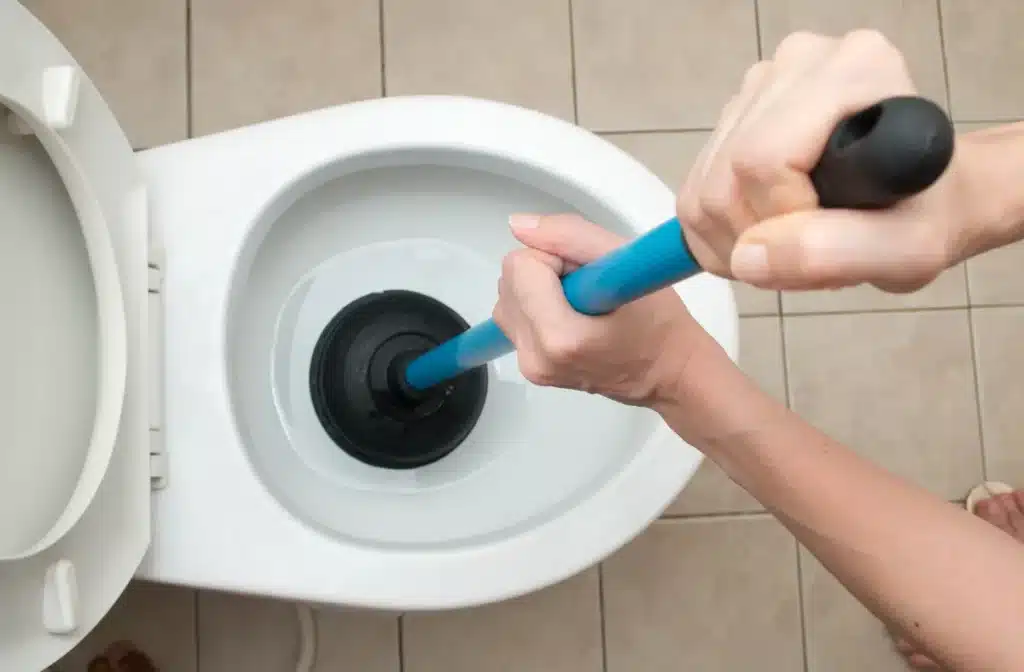
What causes vent blockage?
Since the opening of a vent stack is outside (usually on the roof), it’s vulnerable to outdoor elements. That’s why it’s easy for the vent to get clogged — dust, debris, leaves, and other things can block its opening. It’s during such times that you’ll start noticing the following symptoms of a clogged vent.
Vent blockages can occur due to various factors, ranging from external debris to internal issues within the plumbing system. Understanding the causes of vent blockage is crucial in order to prevent and address these problems effectively.
Debris Accumulation
Putting things like leaves, sticks, or bird nests. In the vent is one of the main reasons why it gets blocked. These things can get into the roof vent holes and slowly build up, blocking the flow of air and causing jams. It is normal for debris to build up around vents that are near trees or in places where there is a lot of wind.
Ice Buildup
It is possible for vents to get blocked by ice in colder places. In the winter, moisture in the vent may freeze and form blockages that stop air from flowing properly. Blockages made of ice can slow down draining, make bubbling sounds, and even cause sewer gas to back up.
Vegetation Growth
Over time, vegetation such as algae, moss, or even tree roots can grow within the vent pipe. This growth can restrict airflow and eventually block the vent. Vegetation growth is more common in damp and shaded areas, where moisture levels are higher.
Vent Pipe Damage
Blocked air pipes can also be caused by damage to the pipe itself. The vent pipe can crack, break, or fall because it is old, the ground is shifting, the weather is very bad, or it wasn’t installed correctly. These structural problems can cause partial or full blockages, which makes the water system work less well overall.
Poor Vent Design
Vent blocking can sometimes be caused by bad vent design. Vents that are too small or too far apart can make wind. Less efficient and make them more likely to get blocked.
Vents need to be checked and fixed on a regular basis so they don’t get clogged. Clogs are less likely to happen if you clear out trash around vent openings. Install protective caps or screens, trim trees nearby and make. Sure that the vents are designed and installed properly. This is also important: if you see any signs of an air vent blockage. You should move right away and get professional help to keep the plumbing from getting worse.
Do plumbers unclog vent pipes?
If the vent is clogged, we can clean it to make sure your plumbing system works properly. We can also repair the plumbing vent if it is broken or not properly installed. If the issues are caused by a clogged drain or sewer line, we also specialize in drain cleaning.
There are several ways for plumbers to clean out air lines. If the blockage is a certain kind, they may use augurs or drain lines. To physically open it up or get rid of it. Hydro-jetting, a method of spraying very hot water, is another thing. They might do to get rid of tough clogs or trash that has built up in the vent pipe.
It is important to keep in mind that clogged vent pipes can sometimes. Be a sign of bigger problems in the plumbing system. Like broken lines or bad vent design. In this case, plumbers will not only clean the vent pipe. But they will also find and fix the problem’s root cause to keep it. From happening again and make sure the plumbing system works properly.
If you think there is a blockage in a vent pipe or are having problems linked to this. You should call a licensed professional plumber. They have the expertise, abilities, and equipment necessary to properly identify and fix vent pipe blockages, which will get the air flowing again and keep your plumbing system from breaking down again.
What happens if water goes down a vent?
What Happens if Water Gets into My Vents? Air ducts are like the veins of your home; they transfer humid air and cooled air throughout the building to and from the HVAC and air vents. If there is water buildup in the ac unit, it will seriously compromise the home’s indoor air quality and overall safety.
If water flows down an exit pipe, it could mean that there is a problem with the pipes. The vent lines are meant to let air enter and leave the plumbing system. This helps keep the air pressure even and stops vacuums or pressure imbalances from happening. When water gets into the opening pipe, it stops the flow of air and can lead to a number of problems.
If gurgling or bubbling water gets into the vent pipe, drains or fittings may make gurgling or bubbling sounds. This is a clear sign that the vent system is blocked or limited, which is stopping air from flowing properly.
Water going down the venting channel can also make sinks, toilets, and baths drain slowly. If there isn’t enough airflow from the vent, water that collects in the drain lines can’t move smoothly, which leads to backups and longer drain times.
Sewer Odors, The vent pipes play a crucial role in removing sewer gasses and odors from the plumbing system. When water enters the vent pipe and disrupts the airflow, it can result in the release of unpleasant odors into the living space.
Do plumbing vents let air in or out?
The air flow in the plumbing of your residence is controlled by a vent stack, also called a plumbing vent. They work like drain lines, which take out water and waste from your home. Plumbing vents do the same thing for gas and smells. This also lets fresh air into the system, which makes it easier for water to move and pipes to drain.More often than not, pipe vents let air into the system than they let it out. In plumbing, vents let air into the drainage system to even out the pressure and make it easier for water and waste to move through the system.
When water flows through drains or is flushed down toilets, it creates negative pressure or suction within the pipes. Without proper ventilation, this negative pressure can hinder the smooth flow of water, leading to slow drainage, gurgling sounds, or even siphoning of water from traps, which can allow sewer gasses to enter the living space.
Plumbing vents keep vacuums and pressure changes from happening by letting air into the system by means of vent pipes. Plumbing fixtures like sinks, toilets, and showers have vents that go up to the roof or the outside of the building. This lets air leave and keeps the pressure in the system balanced.
Plumbers’ vents do more than just equalize pressure. They also get rid of dangerous gases like methane, hydrogen, and sulfide from the drainage system. These gases can be made when trash breaks down in sewer lines. If there isn’t enough air flow, they can build up and cause bad smells or health problems.
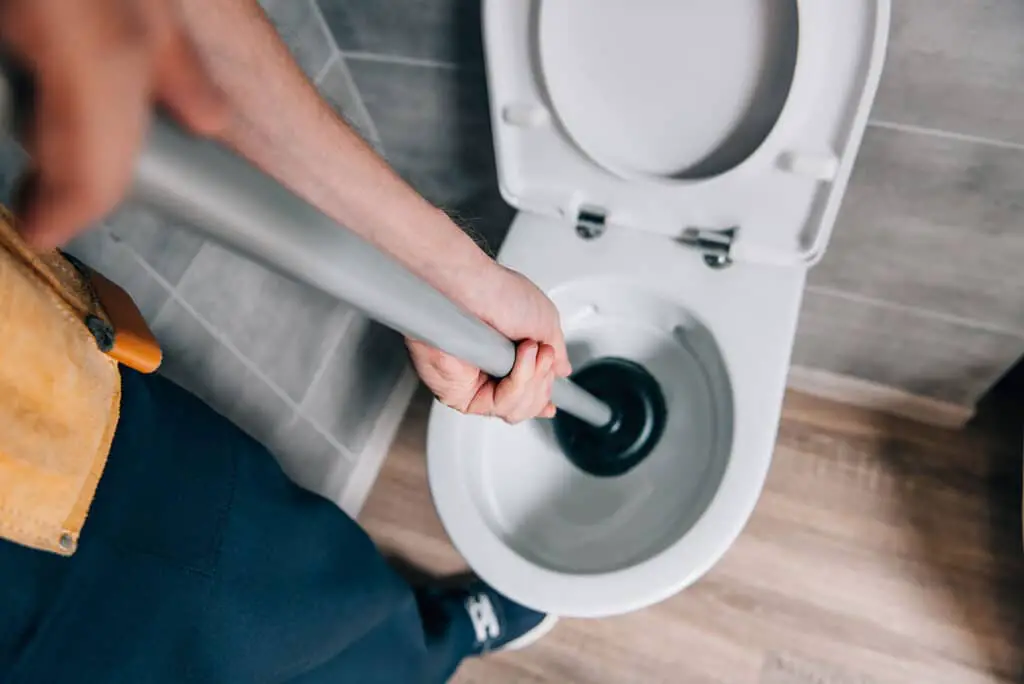
Do I need a vent for every drain?
Whether you’re putting in a tub, toilet, sink, or floor drain, they all need a plumbing vent on the drain to make it work properly. If there is no vent, a number of problems may occur: The fixture without a vent may drain slowly. The drain will likely make gurgling noises.
The purpose of having a vent for each drain is to provide a pathway for air to enter the drainage system, equalize pressure, and facilitate the smooth flow of water and waste. Without proper venting, negative pressure or suction can build up in the pipes, leading to problems like slow drainage, gurgling sounds, or sewer gas backups.
Individual venting allows each fixture to have its own dedicated vent pipe that extends from the fixture trap (the curved section of the drainpipe) to the vent stack or venting network. This setup ensures that the fixture has adequate airflow, preventing water from being siphoned out of traps and sewer gasses from entering the living space.
In some cases, plumbing fixtures may share vents if they are located in close proximity and installed according to local plumbing codes and regulations. However, it is important to consult with a licensed plumber or adhere to local building codes to determine the specific requirements for venting in your area.
How can a clogged plumbing vent be prevented?
Regular maintenance is crucial to prevent clogged plumbing vents. Clearing debris from vent openings, trimming nearby trees, and installing protective caps or screens can help prevent debris from entering the vents. Insulating vents during colder months can also prevent ice buildup.
Preventing a clogged plumbing vent is important to maintain the proper functioning of the plumbing system. Here are some preventive measures you can take:
Regular Inspection
Regularly inspect your plumbing vents to ensure they are free from any debris, such as leaves, twigs, or bird nests. Conduct visual checks from the ground or use binoculars to inspect vent openings on the roof.
Clear Debris
Remove any debris that may have accumulated around or inside the vent openings. Use a broom, brush, or your hands (with appropriate protection) to clear away leaves, twigs, or other obstructions. Take care not to push the debris further into the vent.
Install Protective Caps or Screens
Consider installing protective caps or screens over your vent openings to prevent debris from entering the vent pipes. These devices allow airflow while blocking larger objects from obstructing the vents.
Trim Nearby Trees
Trim tree branches that are close to your vent openings. Falling leaves and twigs from trees can easily enter and clog the vents. By keeping trees pruned, you can reduce the amount of debris that can potentially block the vents.
Insulate Vents in Cold Climates
In regions with freezing temperatures, insulate your vent pipes to prevent ice buildup. Use insulation sleeves or wraps specifically designed for plumbing vents to protect against ice formation and blockage during winter.
Professional Maintenance
Schedule regular maintenance visits with a licensed plumber. They can inspect and clean your plumbing vents as part of routine maintenance, ensuring they are clear and free from any obstructions.
By following these preventive measures, you can reduce the risk of clogged plumbing vents and maintain the proper airflow and functionality of your plumbing system. It is important to address any vent blockages promptly to avoid potential issues, such as slow drainage, sewer gas backups, or damage to the plumbing system.
Can I unclog a plumbing vent on my own?
While some minor clogs may be cleared using DIY methods, it is generally recommended to seek professional assistance for clearing clogged plumbing vents. Plumbers have the expertise and proper tools to safely and effectively clear the vent without causing damage to the system.
While some minor clogs in plumbing vents can potentially be cleared on your own, it is generally recommended to seek professional assistance for unclogging a plumbing vent. Plumbing vents are an essential part of the overall plumbing system, and improper handling or ineffective unclogging methods can cause further damage or create new issues.
Working on rooftops or climbing ladders to access plumbing vents can be dangerous. It requires proper safety precautions and equipment. Professional plumbers are trained and experienced in working at heights and have the necessary safety gear.
Plumbers have access to specialized tools, such as drain snakes, augers, or even high-pressure water jetting equipment, which are specifically designed for clearing vent blockages effectively and safely. These tools may not be readily available for homeowners.
Plumbers have a deep understanding of plumbing systems, including vent configurations and potential underlying causes of vent blockages. They can assess the situation accurately and determine the best approach to unclog the vent without causing damage to the system.
How often should plumbing vents be inspected?
It is advisable to include plumbing vent inspection as part of routine plumbing maintenance. At least once a year, or during other scheduled plumbing maintenance visits, vents should be checked for any signs of debris accumulation, blockages, or damage that may hinder their proper functioning.
Plumbing vents should be inspected regularly to ensure their proper functioning and to prevent potential issues. While the specific frequency of inspections can vary depending on factors such as the age of the plumbing system, local regulations, and the overall condition of the vents, it is generally recommended to have them inspected at least every few years.
While regular inspections are crucial, it’s important to note that maintenance and cleaning may be necessary more frequently, especially if issues or blockages are identified during an inspection. Routine maintenance, such as clearing debris from vent openings, should be performed as needed to keep the vents functioning optimally.
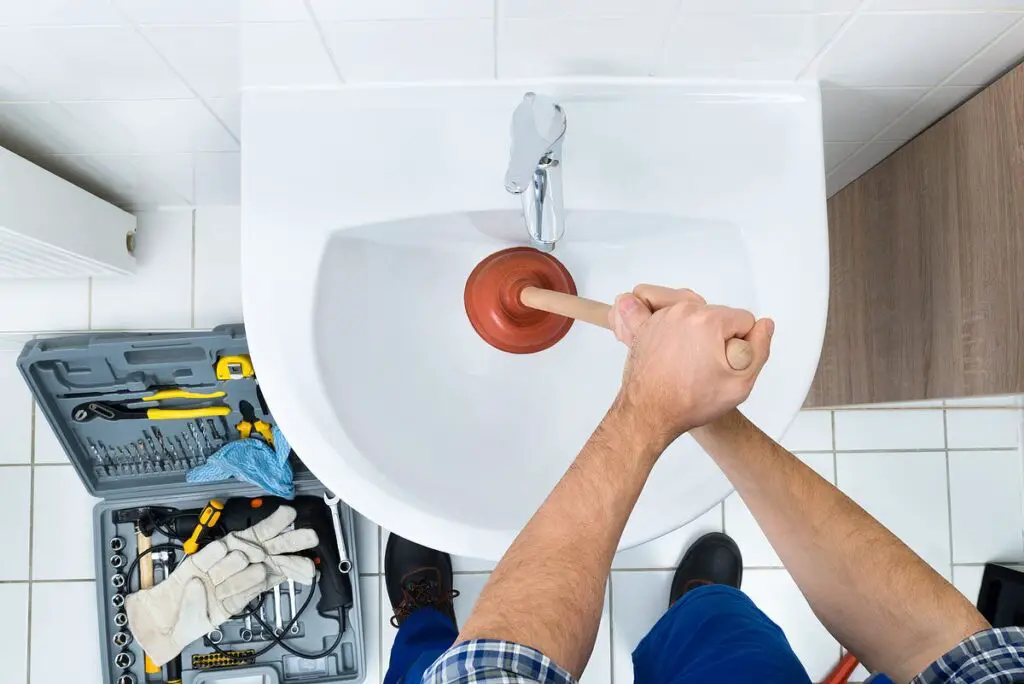
Conclusion
A clogged plumbing vent can cause significant disruptions to the functioning of a plumbing system. Understanding the causes of vent clogs is crucial in order to prevent and address these issues promptly. Whether it’s debris accumulation, ice buildup, or the growth of vegetation, identifying the factors that lead to vent clogs can help homeowners and plumbers take the necessary steps to maintain a properly functioning plumbing system.
Recognizing the signs of a clogged plumbing vent, such as slow drainage, gurgling sounds, or sewer gas backups, is essential for early detection and intervention. Ignoring these symptoms can result in more severe problems, including plumbing fixture malfunctions and potential damage to the entire system.
Regular inspection and maintenance of plumbing vents are key to preventing clogs. Homeowners should prioritize clearing any debris or vegetation around the vent openings, especially on the roof, to ensure unrestricted airflow. Additionally, taking precautions during colder months, such as insulating vents to prevent ice buildup, can help avoid blockages and associated issues.
In cases where a vent clog has already occurred, it is advisable to seek professional assistance. Plumbers have the necessary tools and expertise to safely and effectively clear clogs, ensuring the vent is restored to its proper functioning.
By understanding the causes, signs, and preventive measures for plumbing vent clogs, homeowners can maintain a healthy plumbing system and avoid potential disruptions and costly repairs. Regular maintenance and vigilance in addressing vent clogs will not only preserve the functionality of the plumbing system but also contribute to the overall well-being and comfort of the home or building.




